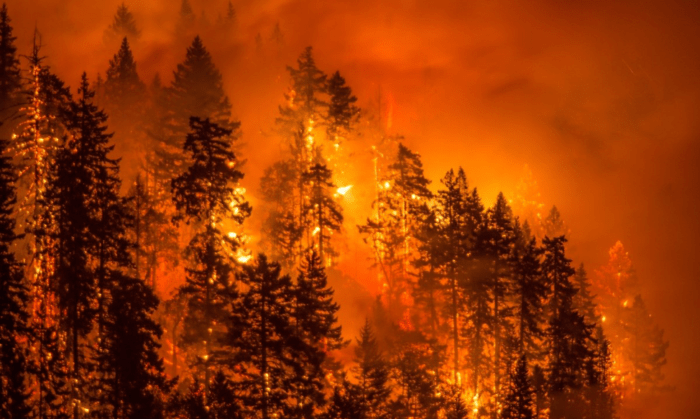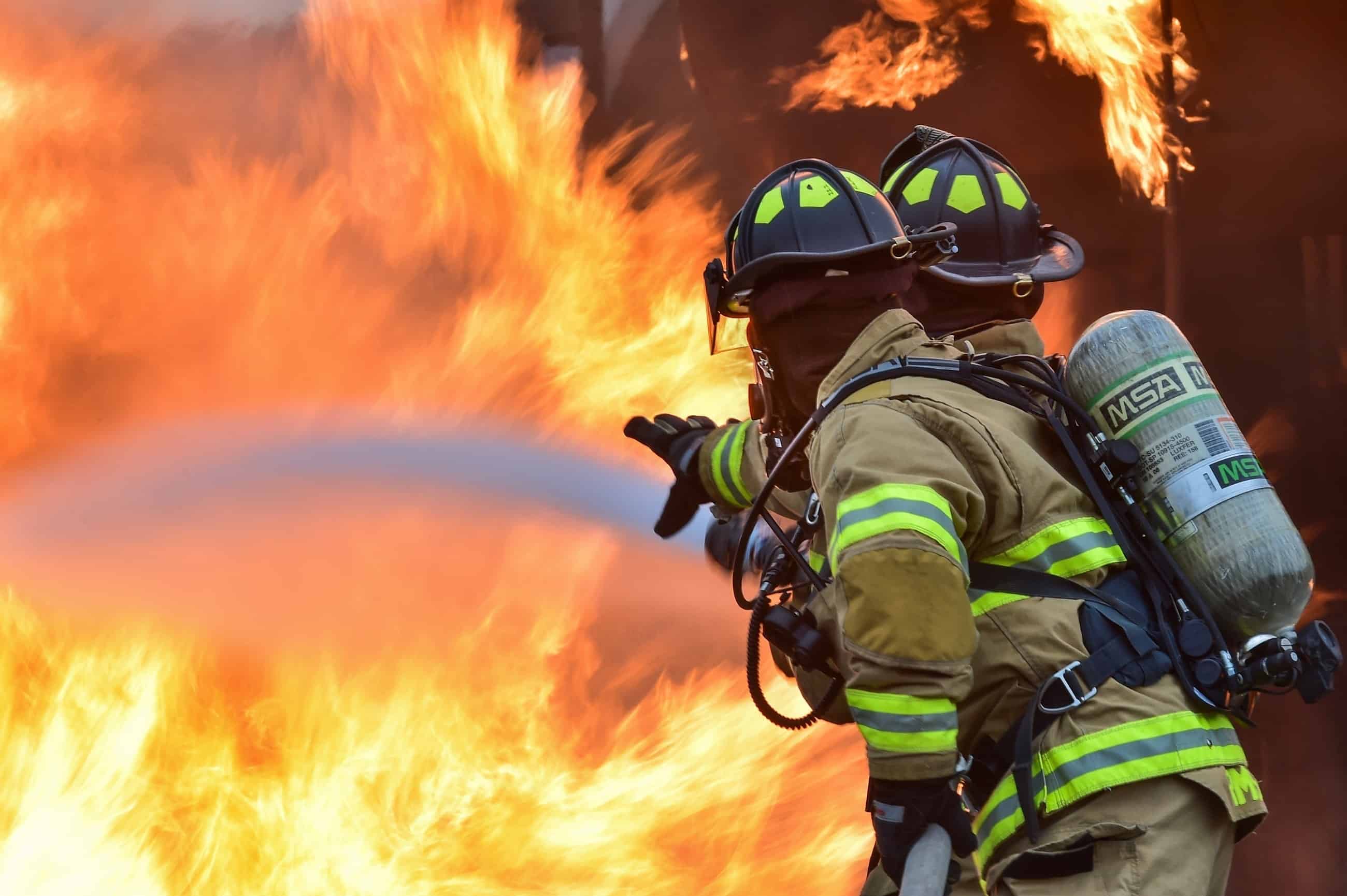What You Need to Know When You Live in a Wildfire Zone

Wildfires are becoming more common and more devastating across Canada. This means that frequent and intense wildfires will become a reality in the near future, and if your family lives in a wildfire zone, it pays to be prepared. Wildfires that once remained remote are coming closer to towns and cities and having a bigger impact on homes and businesses.
The most effective wildfire preparations happen long before mass evacuation orders are issued. Wildfire preparedness is about protecting your home, knowing what to take with you, finding out where to go, and knowing how you are going to pay for the costs of evacuating.
Protecting Your Home
If you live in a wildfire zone, there are steps you can take to protect your home from wildfires if and when they happen. You can implement a “defensible space” strategy to improve your home’s chance of survival in the event of a wildfire.
Creating a “defensible space” is about using landscaping and storage methods to slow and stop the spread of a wildfire as it approaches your home. In the midst of a wildfire, a home becomes vulnerable to both direct flame and radiant heat. Defensible space is meant to keep the fire as far from your home as possible, as well as help protect firefighters who may be defending it from the flames.
In a wildfire zone, having 10 metres of defensible space around your home might just be the difference between a total loss and some lesser repair work. Clear away trees, brush, dead plants, dry leaves and needles in this area. Trim tree branches that come too close to your roof and prune shrubs near the windows. Remove piles of firewood, propane, and any source of fuel that the wildfire can use to breach your home from the “defensible space.” You will also want to clear away combustible debris on your roof that could light up when embers get blown by the wind.
If you have a large lot, you can take further steps toward creating defensible space, including maintaining more horizontal space between trees and shrubs, creating vertical spacing between grass, shrubs, and trees, and clearing fallen leaves.
Bringing Essential Documents
When your home is placed under a mandatory evacuation order, you won’t know how long you will have to stay away, how extensive any damages to your home could be, or whether the home will even survive. If you are home at the time the evacuation order comes down, or if you have the chance to return to your home briefly before you must evacuate, bring essential documents. Start with personal documents such as passports, birth certificates, driver’s licenses, immigration and citizenship documents, health insurance cards, etc.
In addition to these personal documents, you will want to bring important financial documents such as the title to your house, a copy of your home fire insurance coverage, and any banking documents you may need.
If you keep these documents stored in an easily accessible, known location in the home, anyone who is home at the time of the evacuation order can quickly and easily take them to safety.
How to Prepare for Mass Evacuation
Wildfires spread quickly. The flames can move as fast as 6 miles per hour through forested regions and even faster over grasslands or upward-sloping terrain. Flames can leap over cleared areas, spreading through burning leaves or embers carried on the wind. When a wildfire approaches your home, you need to be ready to leave at a moment’s notice.
You should have a Wildfire Emergency Kit ready at all times. Keep it in a closet by the door or in the garage. You can keep them in a backpack, or even a cooler or rolling chest for easy storage and transport. Here’s what you should include in your Wildfire Emergency Kit:
- A map showing your evacuation routes
- 3 days’ worth non-perishable foods
- 3 gallons of water per person
- Prescription medications
- First aid kit
- Flashlight with extra batteries
- Sanitation supplies
- Pet food and extra water
- Cellphone charger
- Cash or traveller’s cheques
If time allows, you can also bring the important documents, as well as valuables and heirlooms; but with your Wildfire Emergency Kit at least your basic needs will be covered.
Dressing for Mass Evacuation
If you have the time before you have to leave, dress for mass evacuation. You will want to wear long sleeves and pants to protect yourself from burning embers carried by the wind, as well as something to cover your mouth to avoid inhaling smoke. A respirator mask is the most effective option, but a bandana or old T-shirt will both be better than nothing.
Mass Evacuation Insurance
It’s important to have mass evacuation insurance when you live in a wildfire zone. While fire insurance coverage can cover the costs of repairing your home and replacing lost belongings, mass evacuation insurance can cover the costs of an extended mass evacuation order. These costs can include:
- Short-term hotel stays while the mass evacuation order is in place (Additional Living Expense / Loss of Use insurance will cover longer-term stays after the evacuation order – but only if your home was damaged during the wildfire and needs repairs before it is habitable again)
- Travel costs above normal, such as fuel costs to drive to a family member’s home or higher commuting costs to get to work
- Food costs related to loss of use of your home and above your usual expenditure (i.e., the difference between your family’s ordinary grocery budget and the cost of relying on takeout during the mass evacuation period)
Mass evacuation insurance covers many of the costs that would be covered by your home insurance policy’s Loss of Use section, but you can be reimbursed for these expenses even if your home is spared from wildfire damage.
The Fort McMurray wildfires in the summer of 2016 taught Canadians a lot of tough lessons when it comes to wildfires in residential areas. During those wildfires, the mass evacuation orders lasted upwards of a month in some areas, and without Mass Evacuation Insurance, that is a month’s worth of emergency expenses that have to be covered out-of-pocket.
If your family lives in a wildfire zone, the most important lesson you can take away is that you should always be prepared. Put together an Emergency Wildfire Kit, know what documents you should bring with you, find out where to go, and learn how mass evacuation insurance works.



